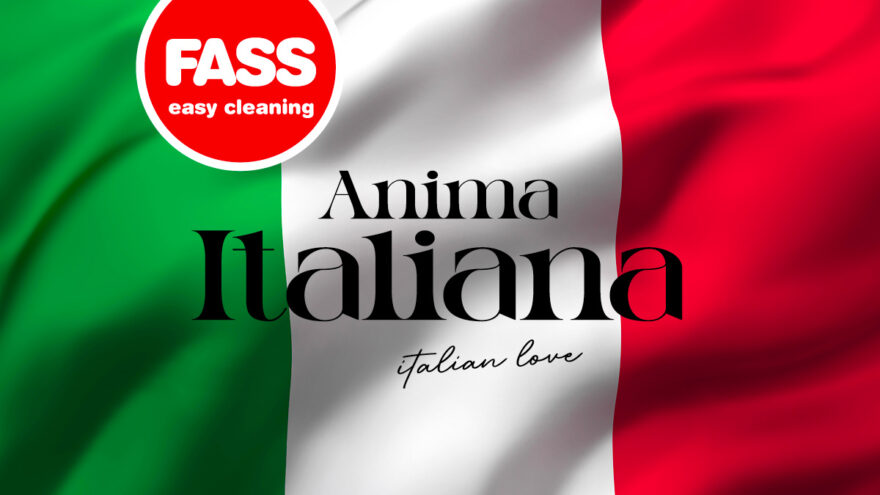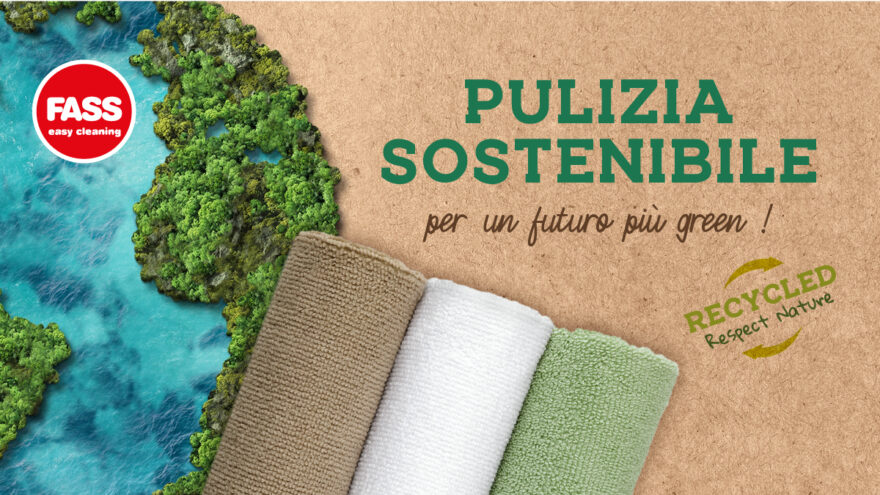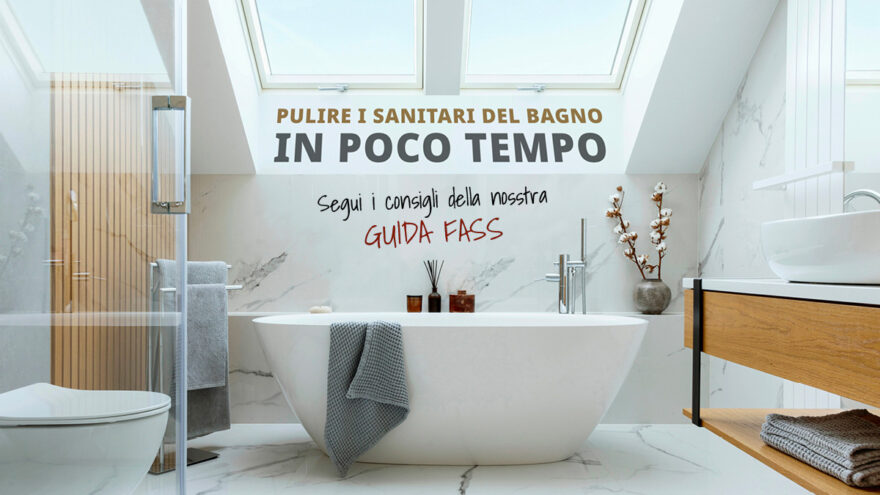When it comes to keeping your home, office, or any other environment clean and tidy, choosing the right cleaning product becomes critical to ensure effective results without damaging surfaces.
Before choosing the right tool, it’s essential to understand the type of surface you want to treat, considering its composition and texture. In this article, we reveal three most common surface cleaning products that can be found in both home and work environments.
For cleaning mirrors and greasy residue on stove tops, we recommend the use of our Super Glass Cloth, consisting of polyurethane on one side and microfiber on the other. It provides deep cleaning on all smooth surfaces, achieving flawless results even with just the use of water. Glass, mirrors and lacquered surfaces will be shining in no time!
When caring for and cleaning wood floors, it is essential to use gentle tools and products that respect the sensitive nature of the wood. The Vive Parquet indoor broom, with beeswax fibers and rubber bumpers, provides a delicate but effective cleaning while keeping the parquet’s finish intact.
Finally, the Soft Touch Laundry Brush, considered a reliable ally for removing lint from clothes, proves equally effective for cleaning textile surfaces such as carpets and rugs. Thanks to its tough yet gentle bristles, it firmly clings to any buildup of dust, dirt or unwanted hair, leaving surfaces fresh and clean with a simple wipe.
To sum up, as you may have noticed, understanding the type of surface to be cleaned and evaluating the characteristics of the different products available is crucial to making the most appropriate choice. So, do not fall into the mistake of using the same product for everything and invest in quality products to make the cleaning process not only effective but also satisfactory.











